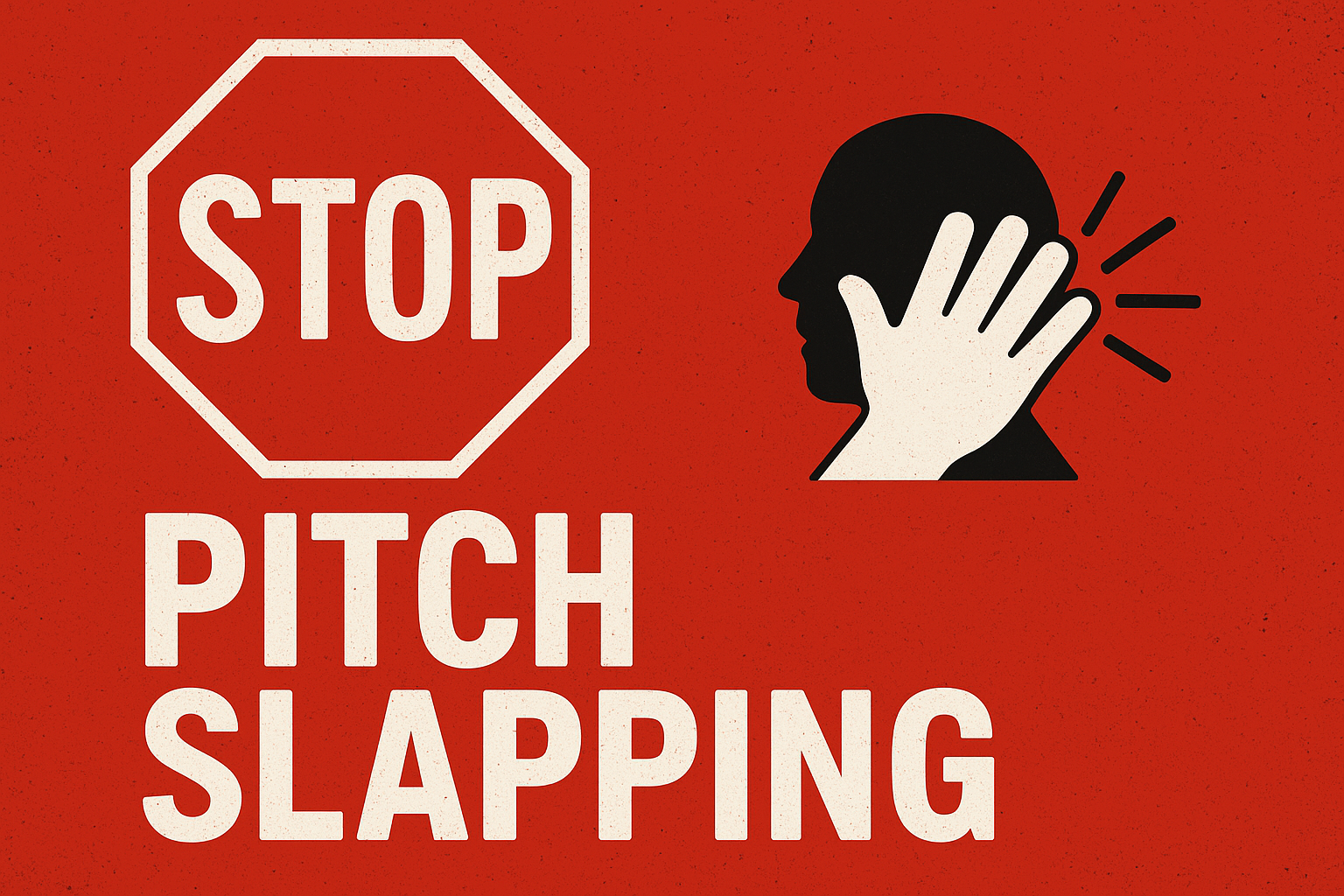
Teaching Strategy to Build Acumen

For a few years now, I’ve summarized the core problem with SDR development as: “No one teaches strategy.” What does that even mean?
I’ve reflected on this while preparing to onboard my largest cohort of new reps. Strategy lies in the critical connection between business problems, technical problems, target personas, and research.
Although we may think we teach these elements, they are often taught in silos. Rarely do we address the connection between them. Too often, we assume junior sellers can intuitively connect the dots. This assumption is a major misstep. The ability to tie these elements together forms the foundation of business acumen. Something that is developed over time through experience.
Teaching Business Problems
Until recently, I believed I was adequately teaching business problems. Then, our team went through GAP Selling Training with the A Sales Growth Company, and I realized I wasn’t quite hitting the mark.
If teaching business problems were like aiming at a dartboard, I was hitting the triple ring—but it was messy, blending business problems with technical problems. As we worked to delineate these two, it became clear there was a significant knowledge gap in understanding how business and technical problems connect.
The first step was isolating business problems from technical ones and mapping out the broader organizational impacts. External support from A Sales Growth Company on how to do this and how to reinforce it was instrumental.
For our Sales Development team, this process sparked ongoing conversations around:
- How technical problems create business problems.
- How these problems manifest within organizations and departments.
- How organizations go about solving them
- How we can help solve them
This was a game-changer. It moved us beyond transactional thinking, and opened up the conversation about how businesses and departments operate.
Persona Training
Persona training is often boiled down to brief overviews of target personas, their priorities, and their roles in the buying process. While this is a start, it often results in a shallow understanding. The critical link—how personas connect to business problems—is usually overlooked, especially when targeting multiple personas.
For example, our team focuses on three key personas. Not all problems resonate equally with each persona. Even when they do, each persona perceives and describes the problem differently.
In revamping our onboarding process, here are some of the adjustments I made:
- Separated personas: Our three target personas work in different departments within revenue organizations, each with distinct terminology and operational approaches. Separating them was essential.
- Deepened understanding: We explored what they do, how they measure success, and the specific business problems they face.
- Connected the dots: We dove into technical problems that could trigger business problems, ensuring the team knew which ones we could address—and which ones we couldn’t.
- Simplified value statement: After each persona session, we crafted one (emphasis on the one) simple value statement summarizing the persona’s primary business problem we solve for and how we solve it. Early-stage SDRs need this clarity; too much product knowledge early on will backfire every time.
Teaching Account Research
In my experience, Account Research Training consists of “Look for X, and sequence”. This approach fails to introduce why “X” matters. Which is unfortunate because teaching why “X” matters starts to foster the level of critical thinking required to connect information, problems, and solutions.
During onboarding, I introduce an account map template alongside sales triggers. The account map is straightforward—SDRs collect and organize all available company information.
Sales triggers, however, require more finesse. I ask my team to go look for “X”. Additionally, I ask them to gather any additional information they find interesting or relevant. Then, we analyze their findings together. This analysis is less about me telling them the answers and more about me asking questions to understand how they are thinking about the information and where the gaps are:
- Tell me why you found this interesting or relevant?
- What problem might the company be trying to solve with “X”?
- What challenges could “X” create within the organization?
- Is that something we can address?
Conducting this exercise around their research helps them to think critically about the information they are consuming while continuing to reinforce how the information relates to business problems.
Building a Strategic Foundation
Teaching strategy to SDRs and junior sellers is neither quick nor easy—but it’s essential. Strategy encourages folks to think critically about their work and connect the dots that help them better understand their buyers’ worlds. By investing time and effort into bridging these gaps, we build the foundation of business acumen and set our teams up for long-term success. With a strong foundation, SDRs are able to move beyond scripts and sequences, becoming confident, capable contributors to the sales pipeline and revenue.
































